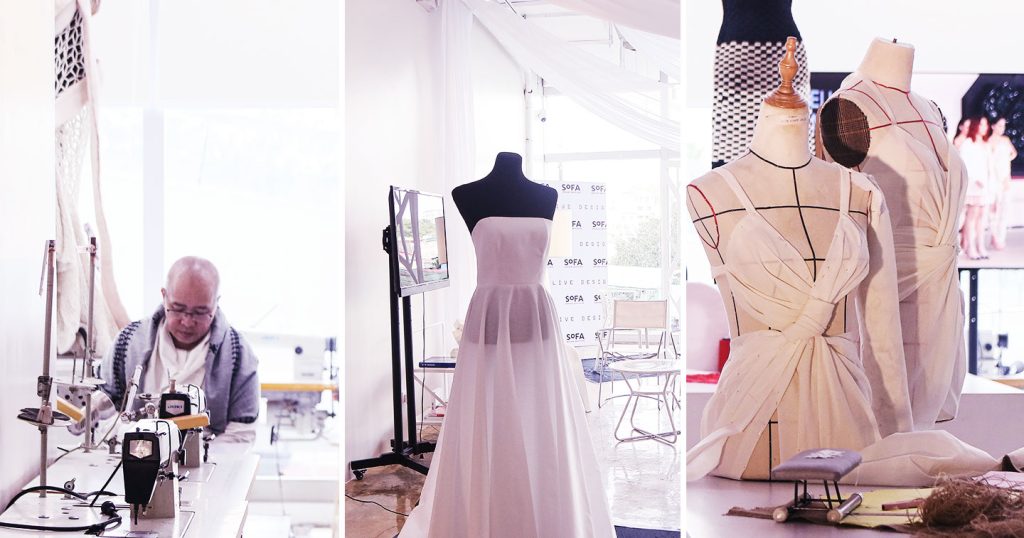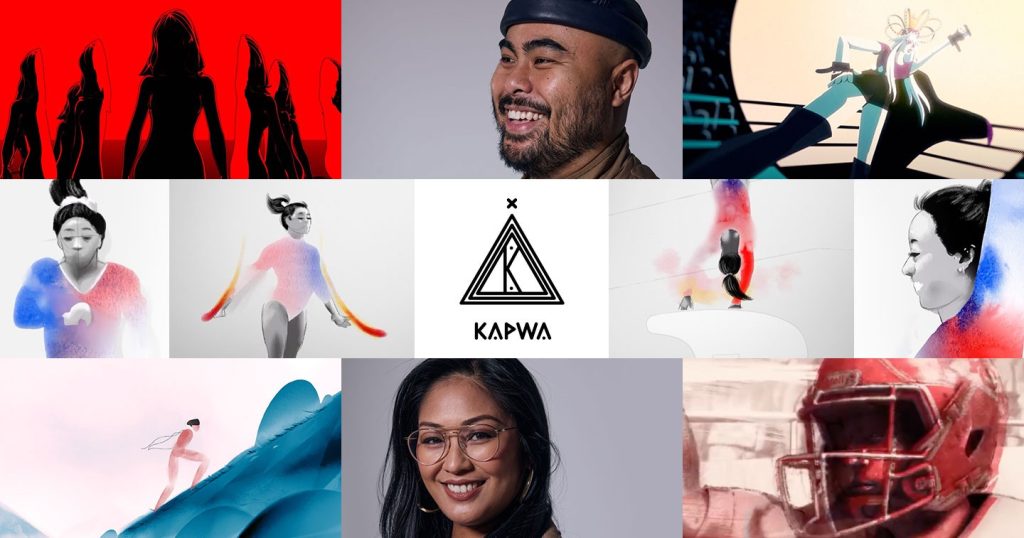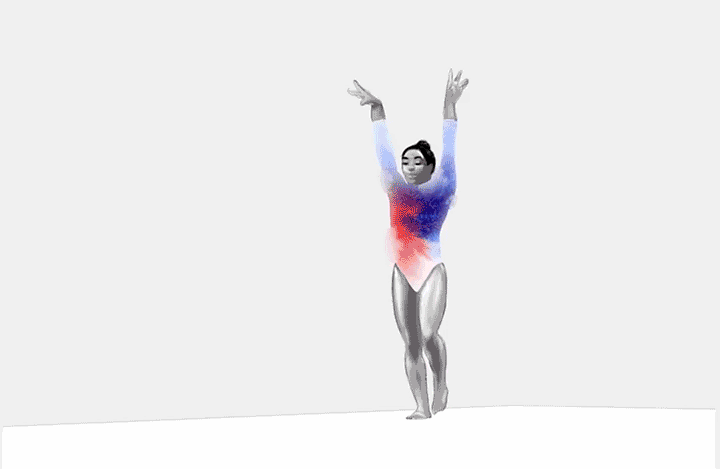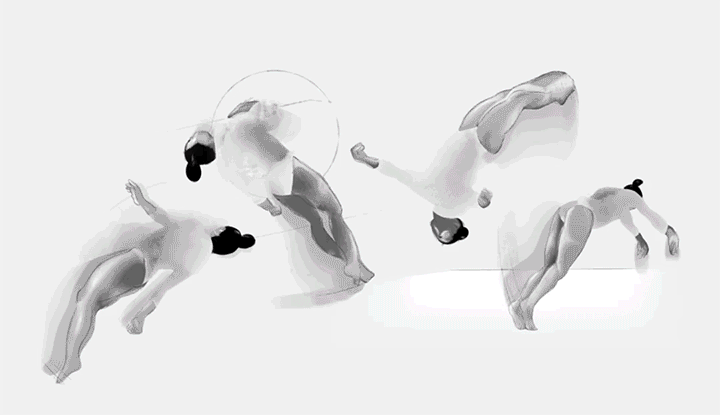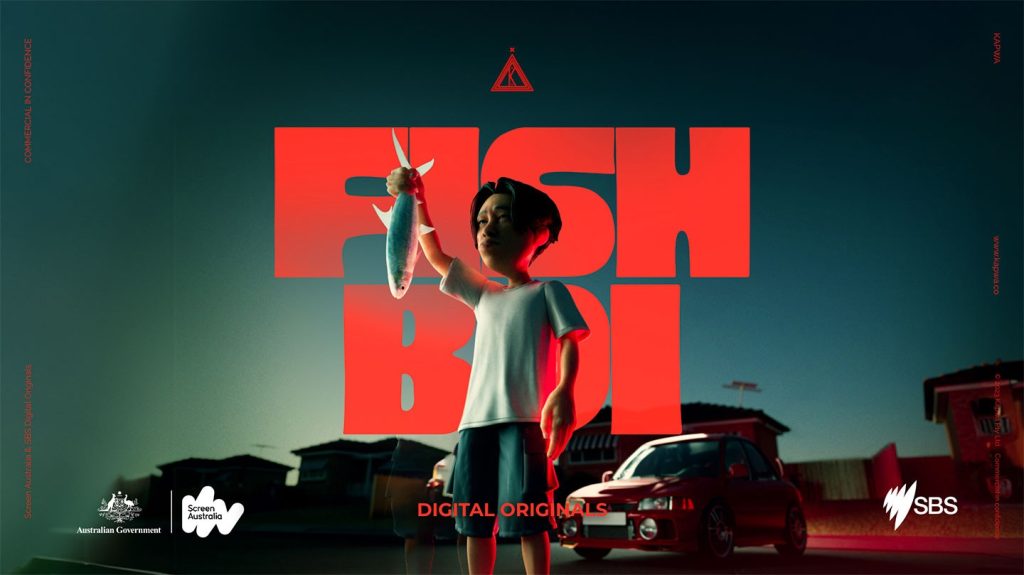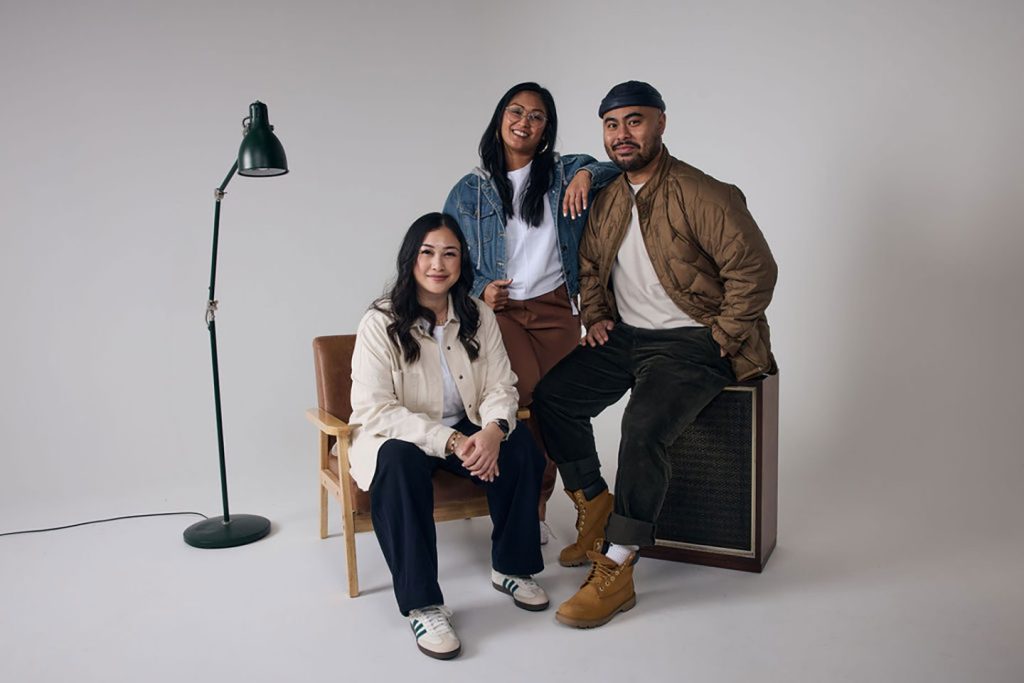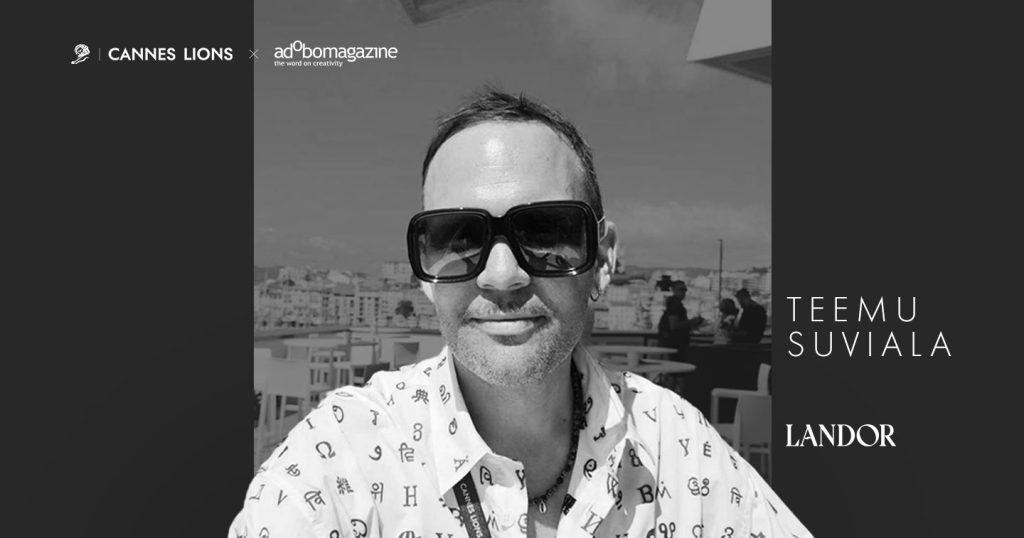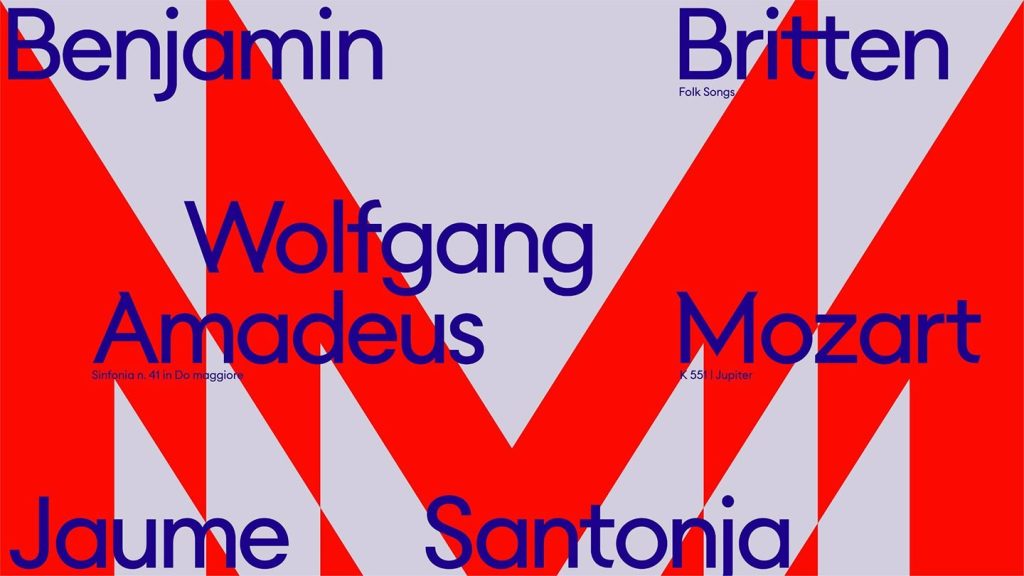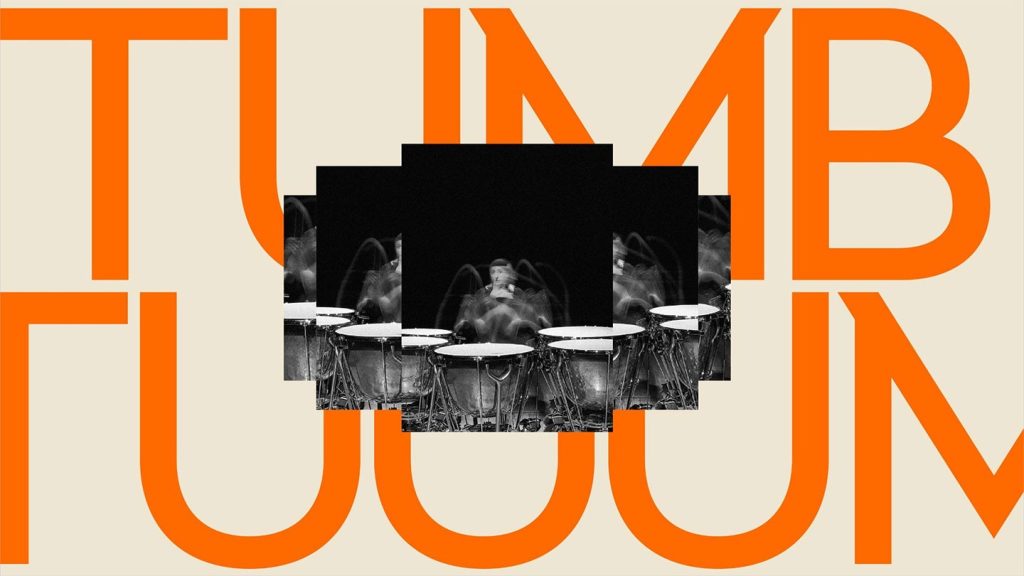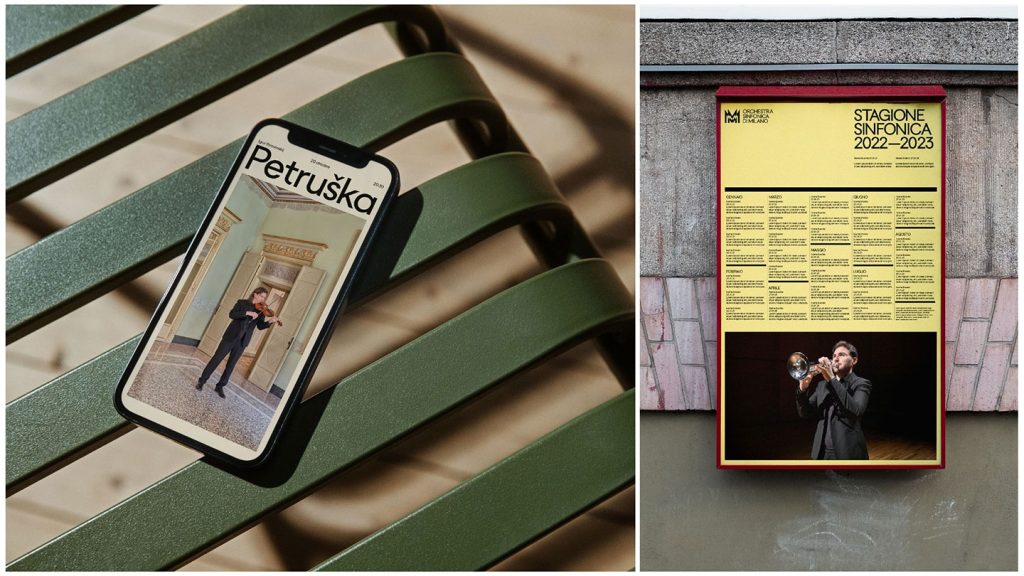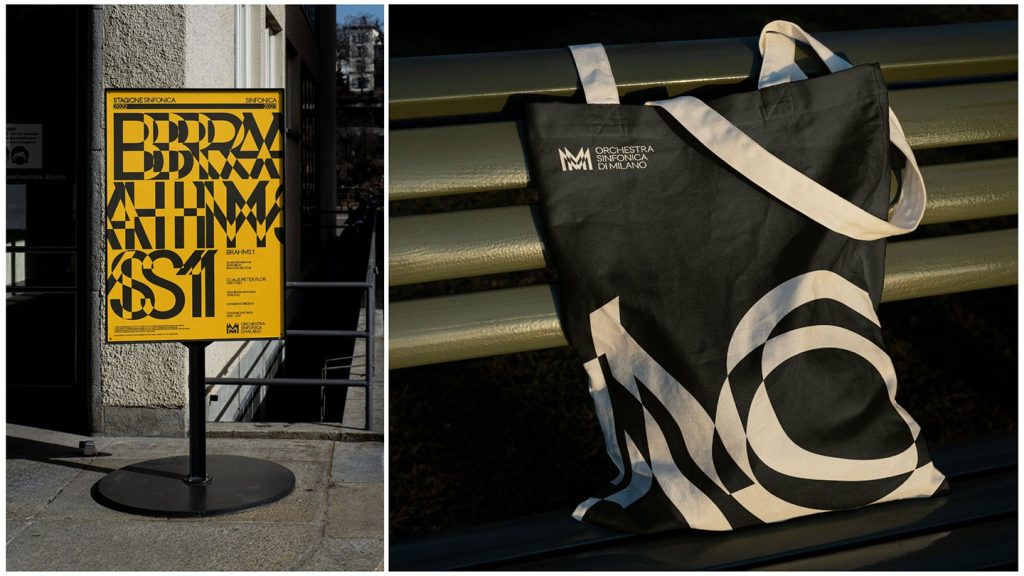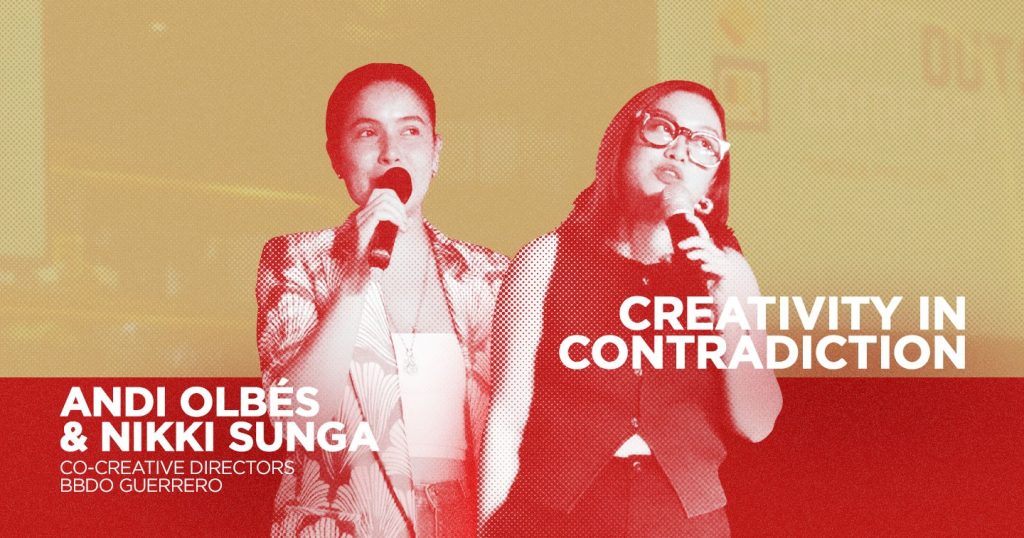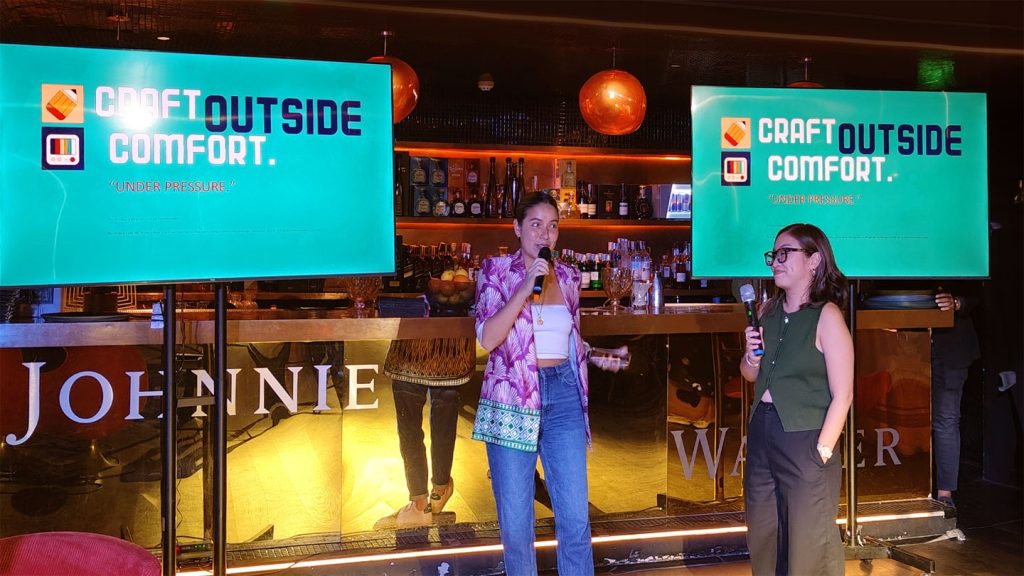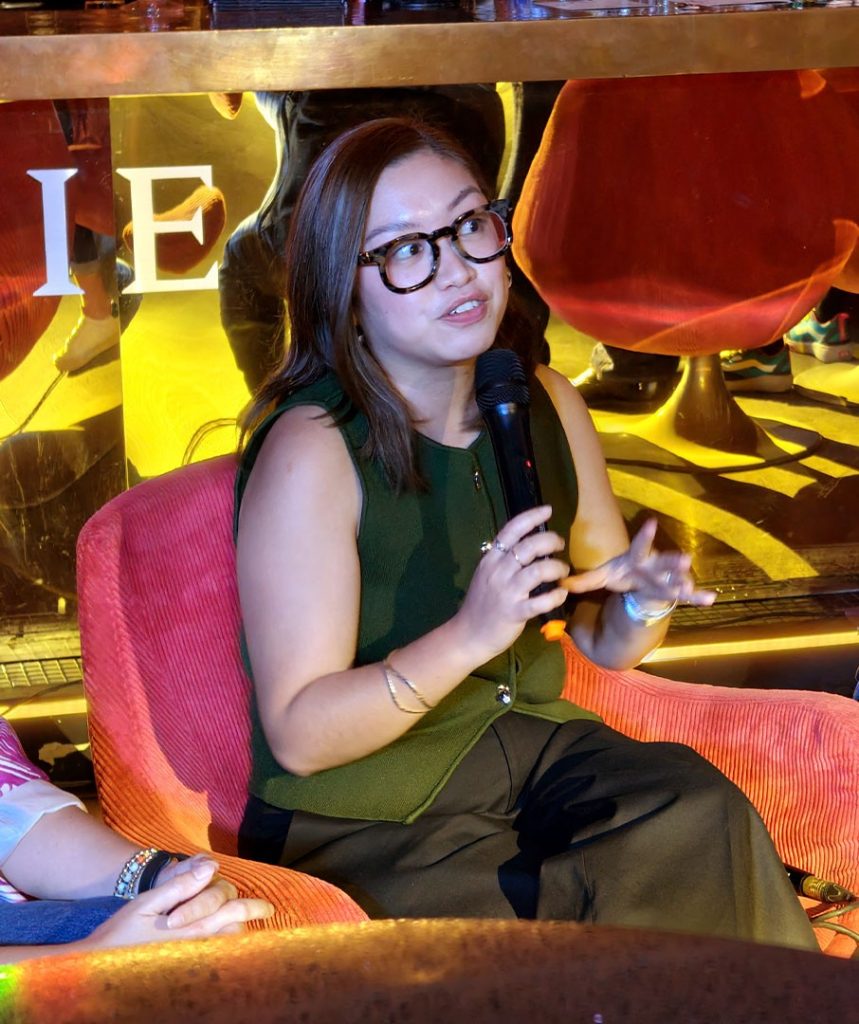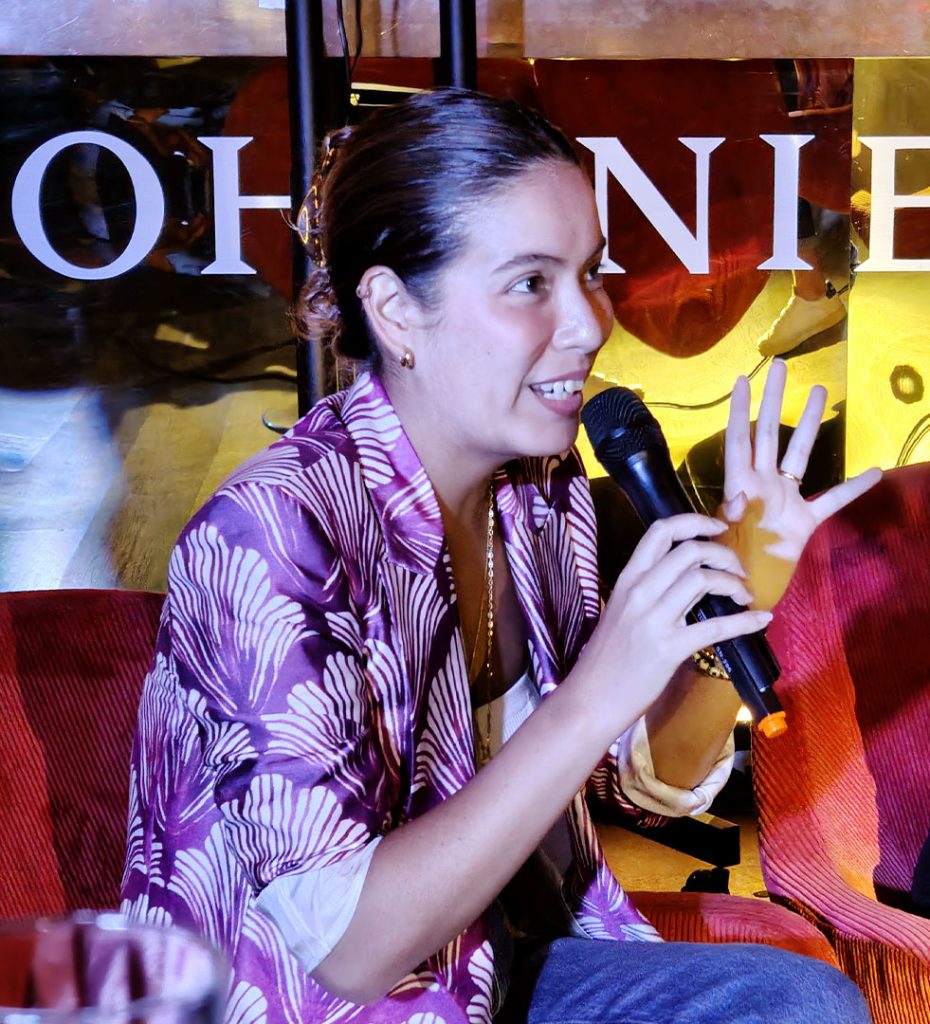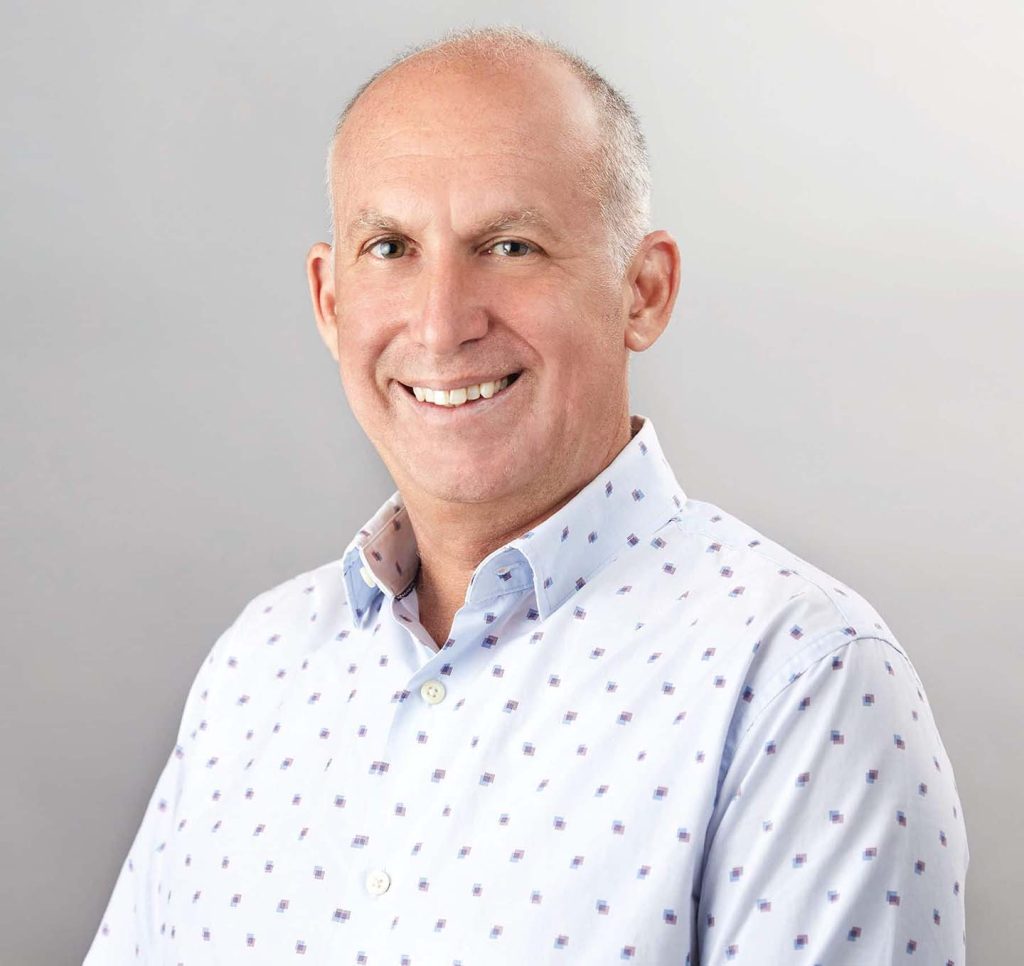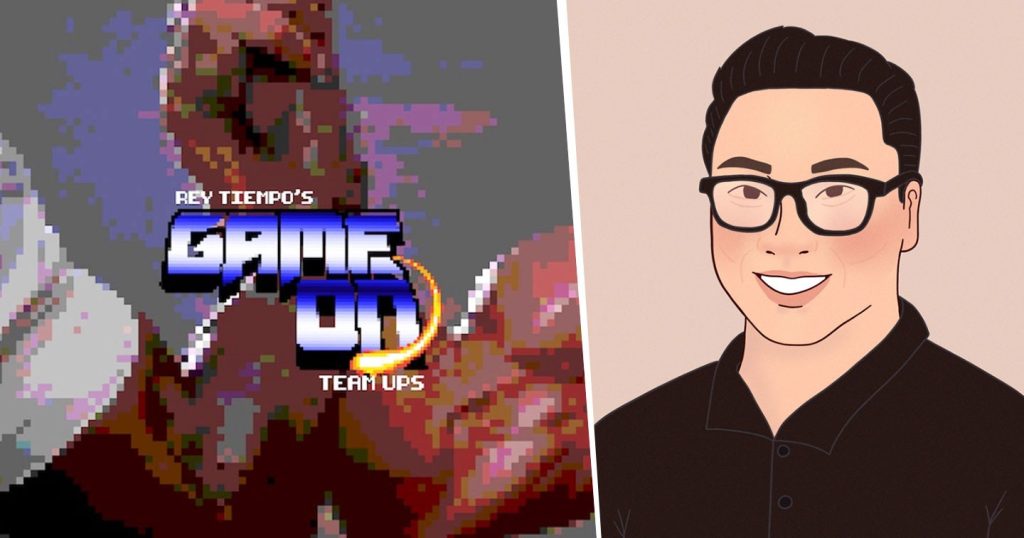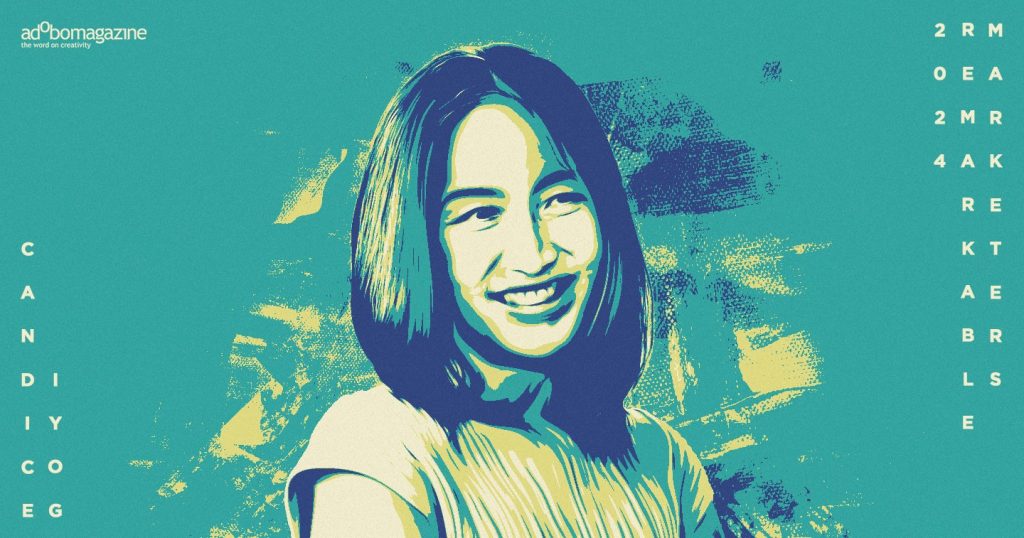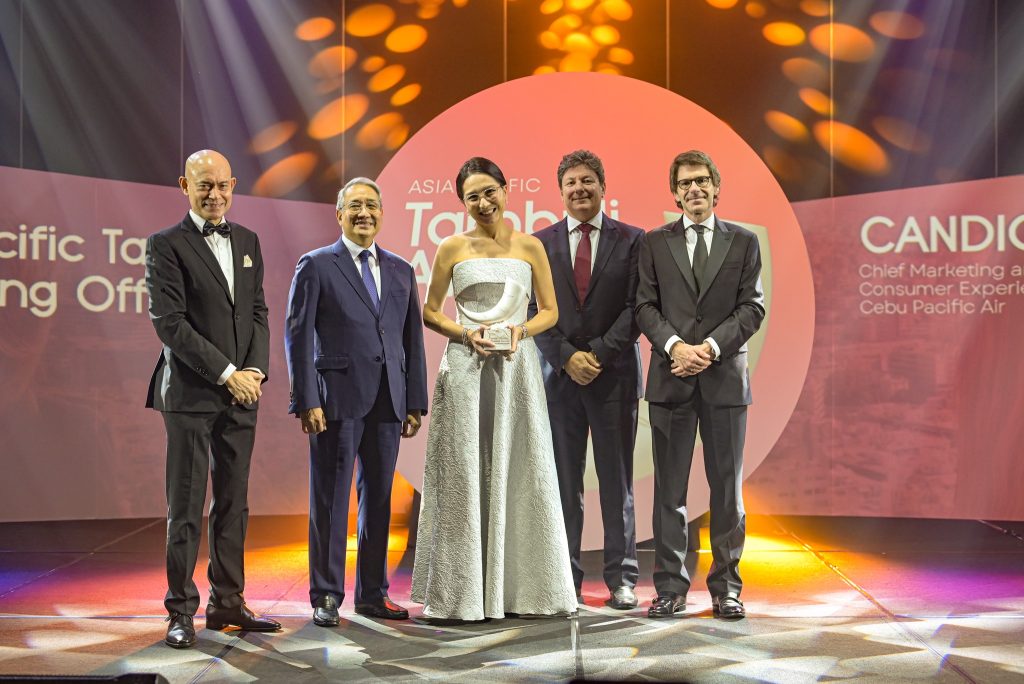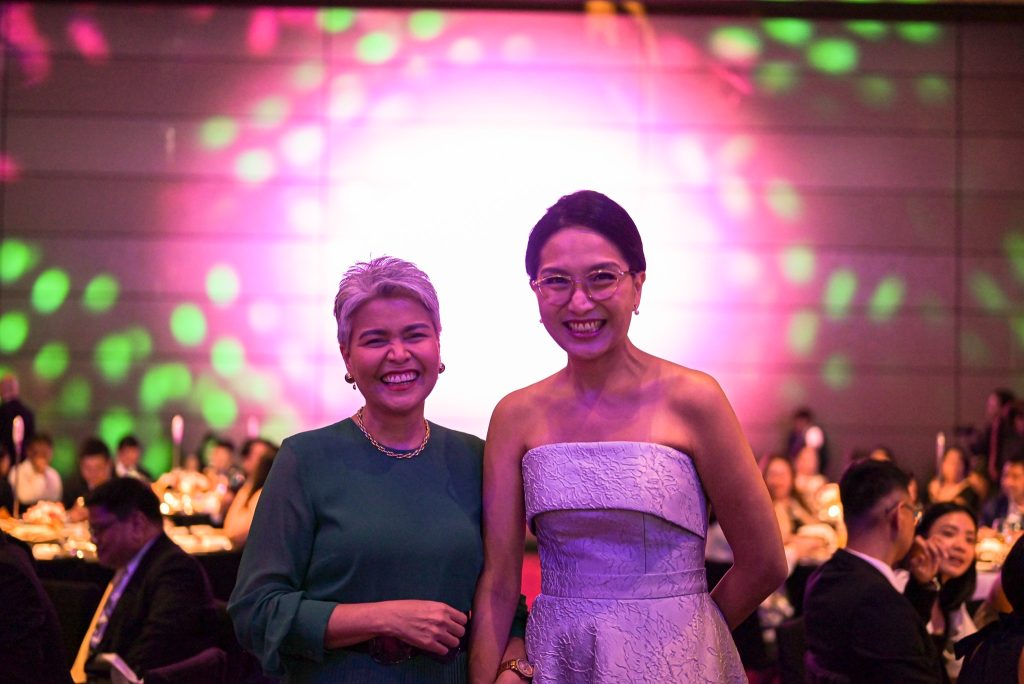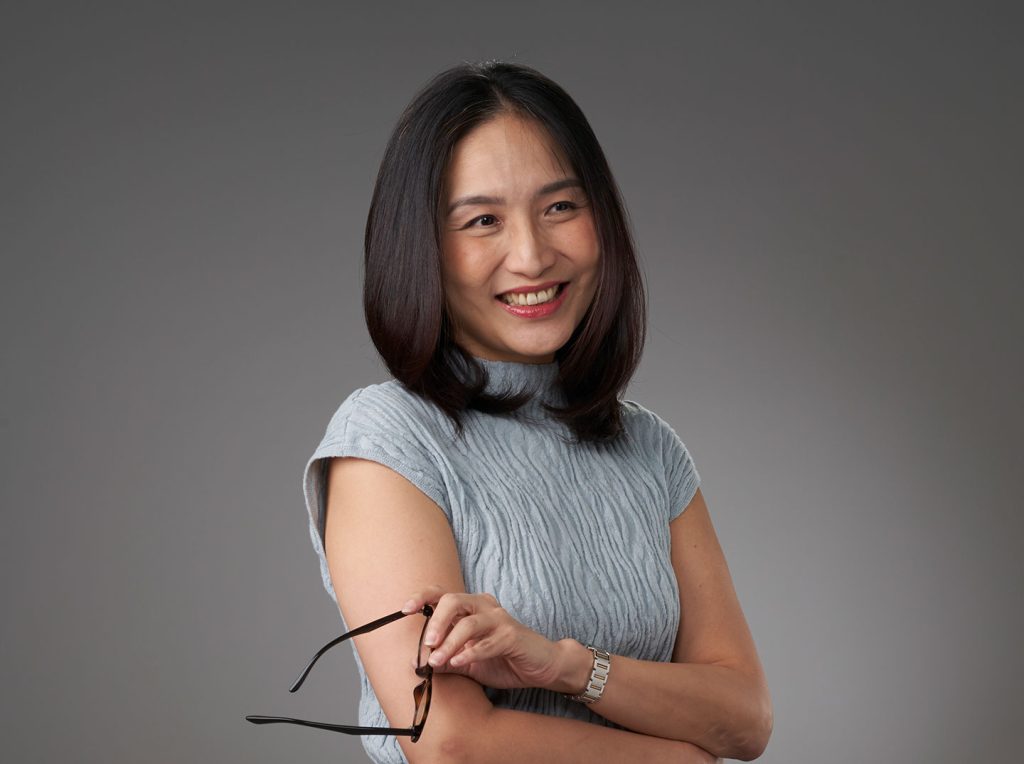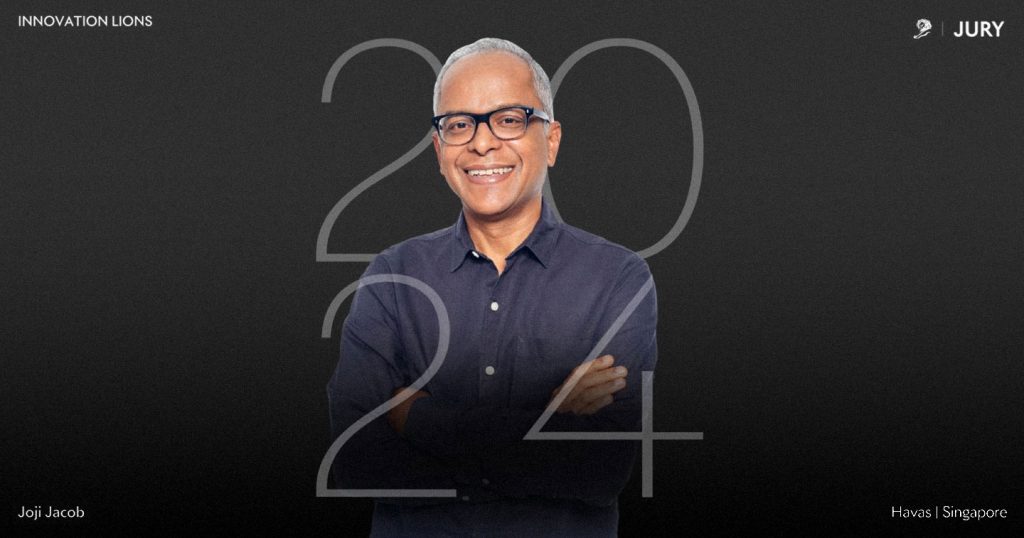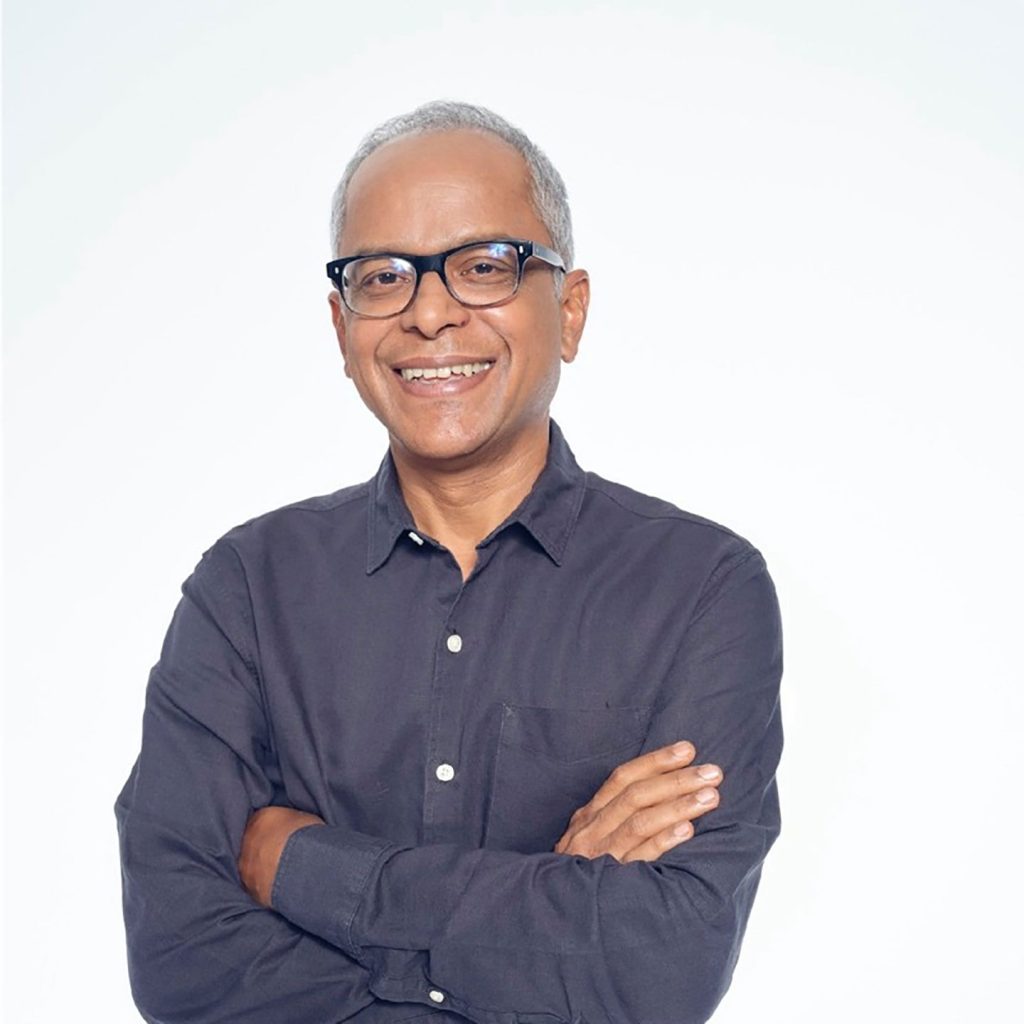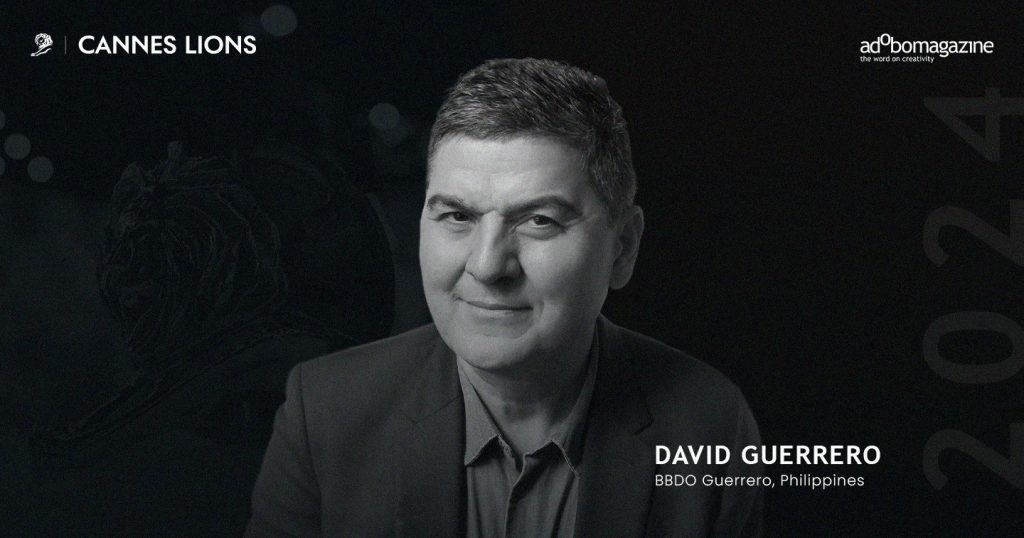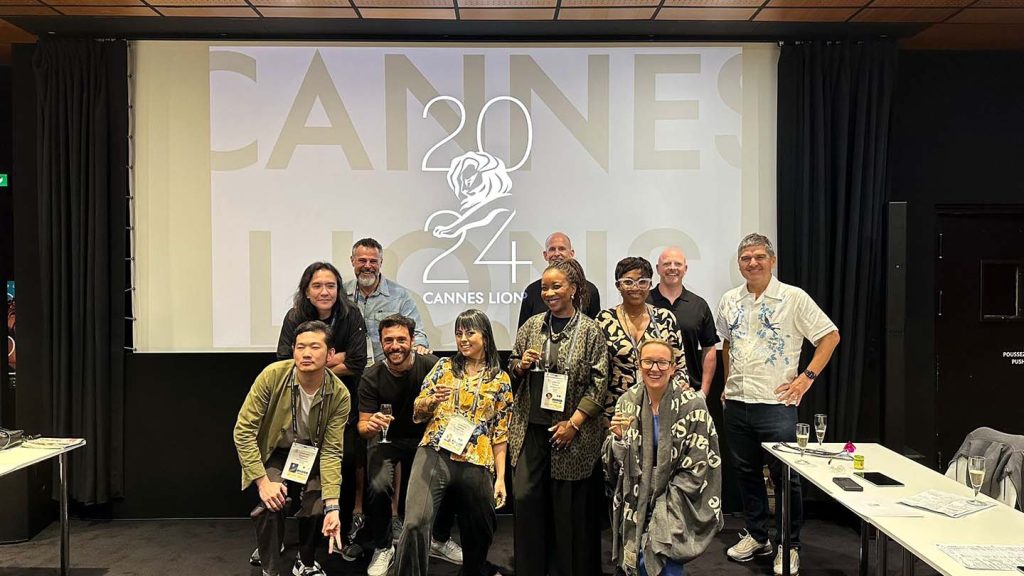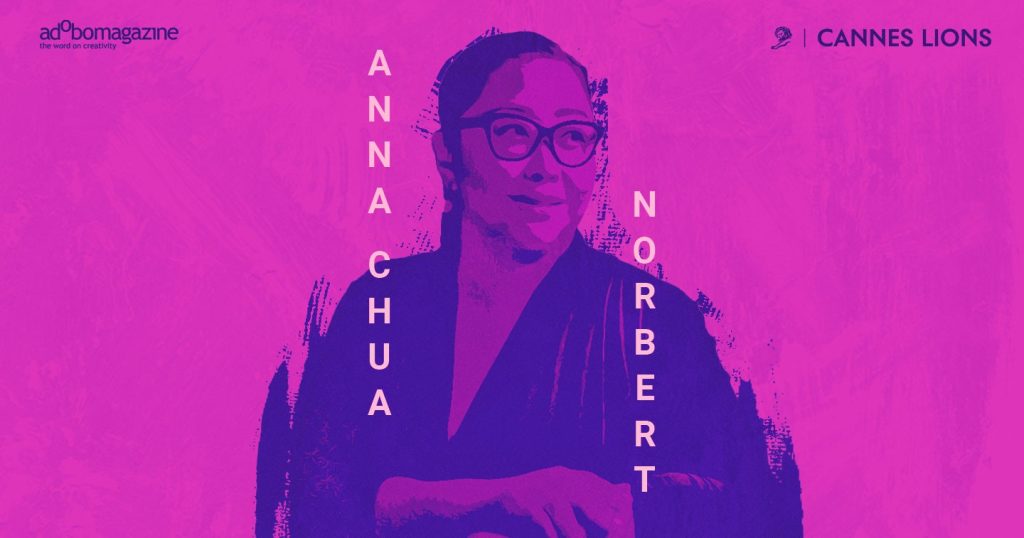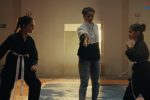MANILA, PHILIPPINES — SoFa Design Institute, a leading fashion school in the Philippines, has unveiled its newest campus at Proscenium Rockwell. This new space marks a significant chapter in the institution’s history, with the students taking on a more proactive role in the project alongside SoFa staff, from its conception to the building’s final design.
Architect Dana Manimbo, a SoFa faculty member, revealed that the campus’ design emerged organically from a regular student workshop; the exercise was not initially intended to be a blueprint for the new campus.
“We started by generating concepts and planned to pass them on to the board of directors,” Dana explained. “However, the board encouraged us to develop the ideas further. The philosophy behind the campus became clear: it should be designed by students, for students, with our guidance.”
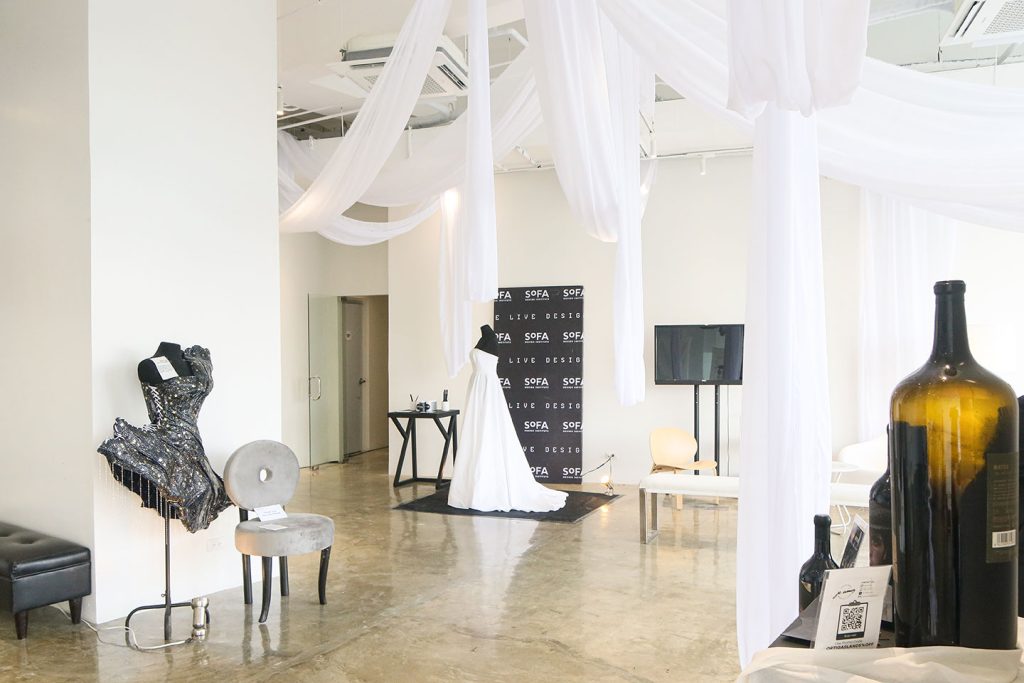
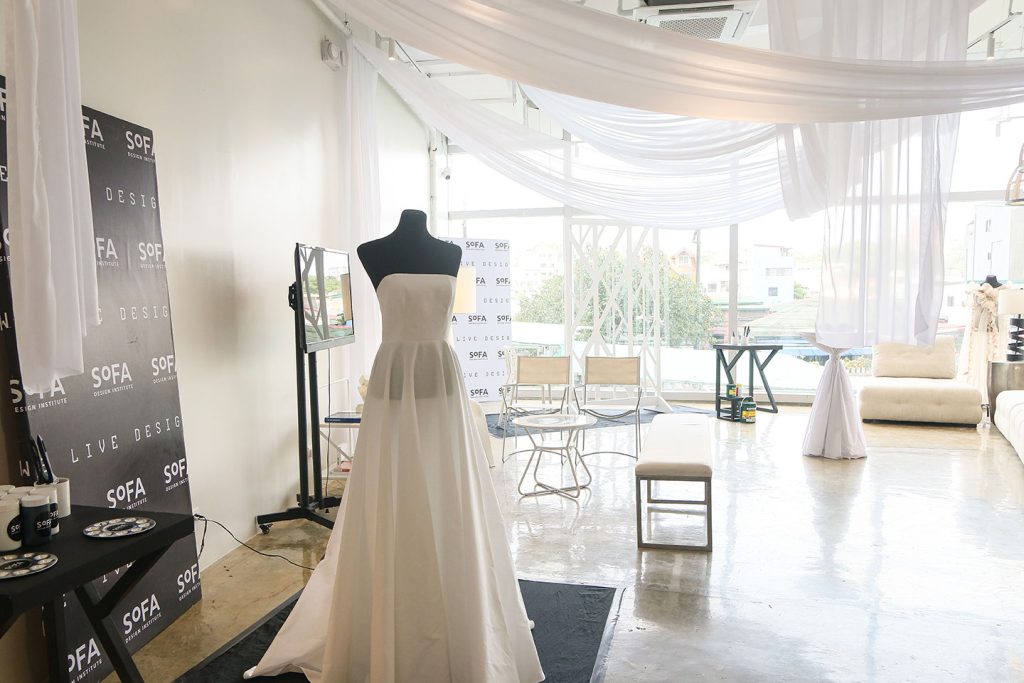
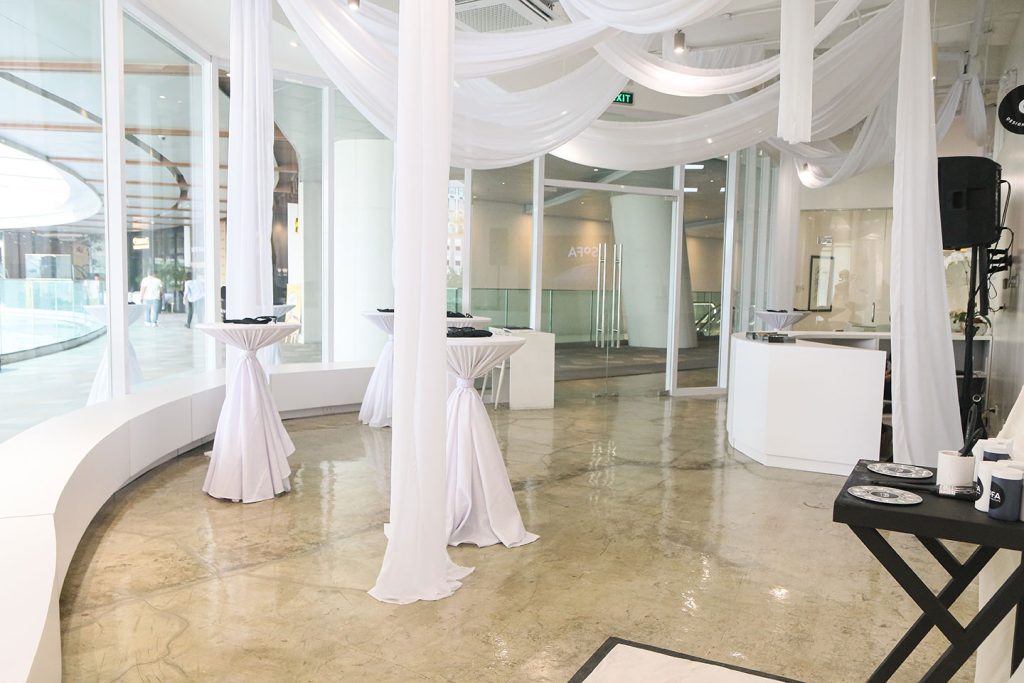
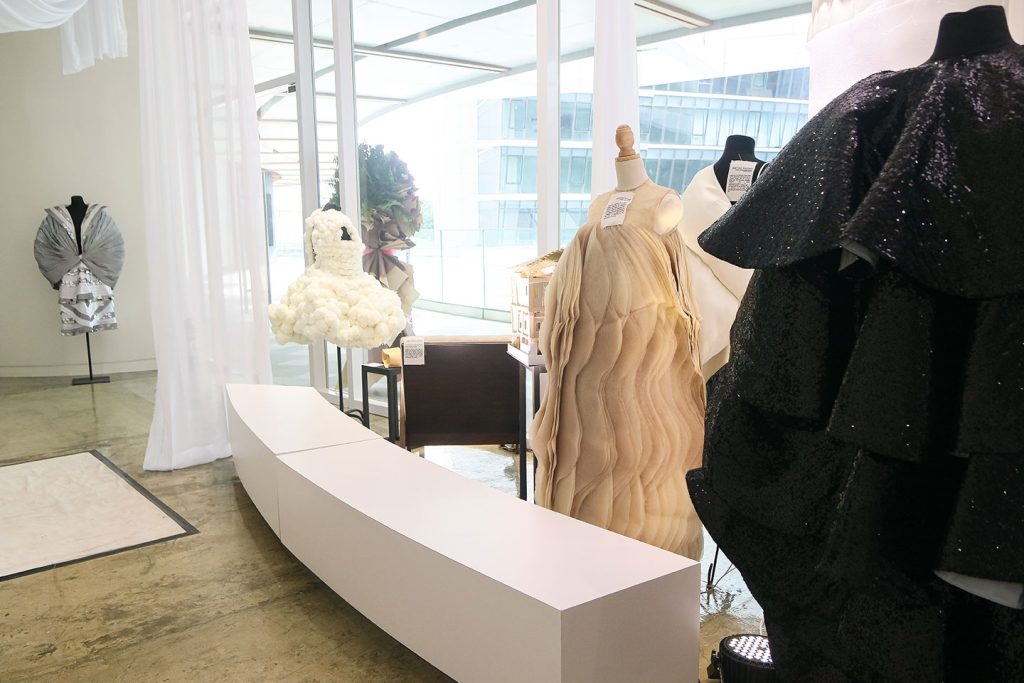
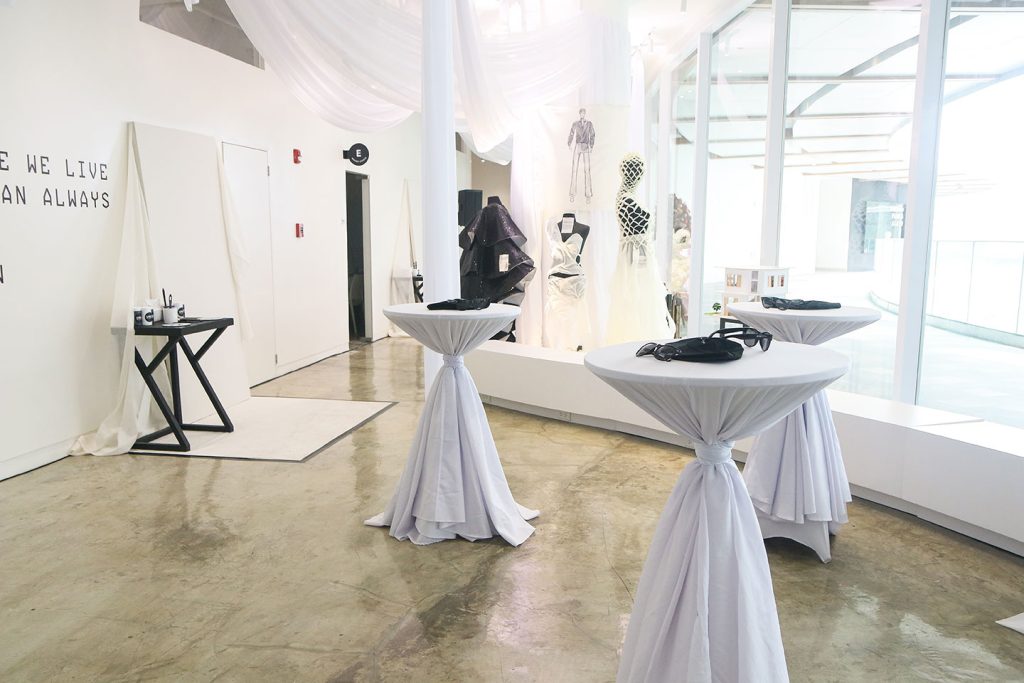
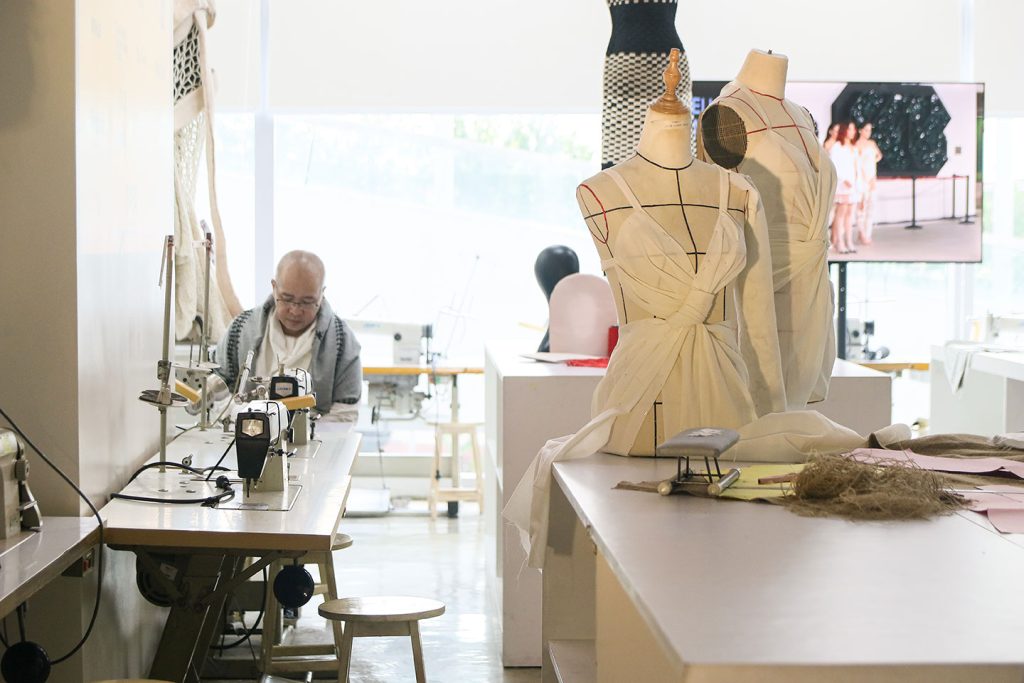
Architect Kenneth Baltazar, another SoFa faculty member, also shared that the 12 students’ ideas were seamlessly integrated because they listened. He explained, “We try to democratize their opinions by involving them throughout the project’s progress. We established open communication with them, including the leaders and deputy leaders.”
Hinging on deeper narratives
The design process used for this project is called the “SoFa Method,” which centers on narratives and the essence of being.
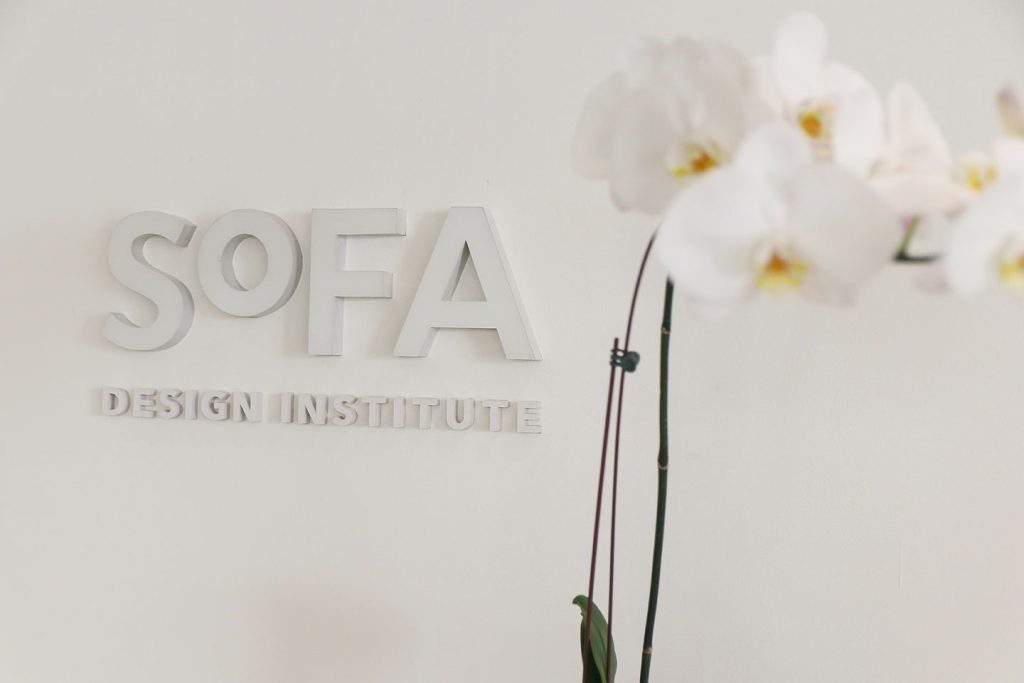
17 years since its inception, SoFa emphasizes the importance of authentic narratives. The school’s design method encourages students to generate original ideas rather than relying solely on visual references like Pinterest.
“Every design project at SoFa is grounded in a personal or meaningful narrative,” Dana explained. “We believe that design is a problem-solving tool with a story to tell.
By tracing SoFa’s roots in fashion, the students and mentors played around with the idea of fabric and eventually arrived at the concept of a blank canvas — a metaphor for every student’s creative journey.
Ivy Bondoc, a student on the project’s conceptual team, explained how they were guided by the SoFa method. “We begin by generating an idea through a mood sculpture. From there, we experiment with forms, shapes, and other elements that capture the essence of the initial concept. Next, we plan the overall design, including floor plans and layout. Finally, we develop detailed drawings and proceed with construction.”
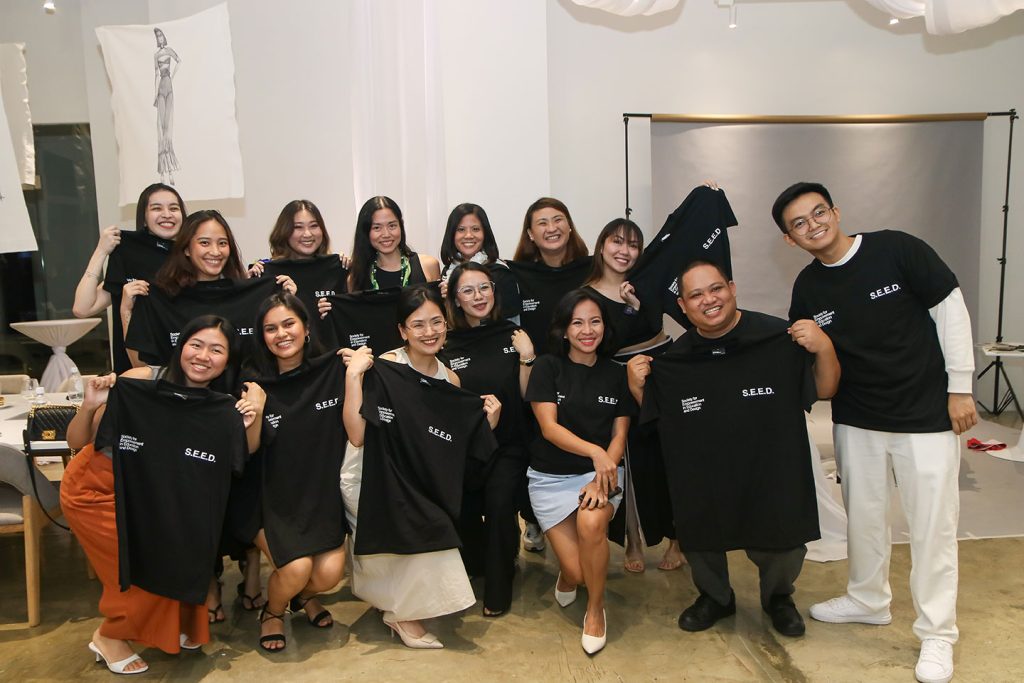
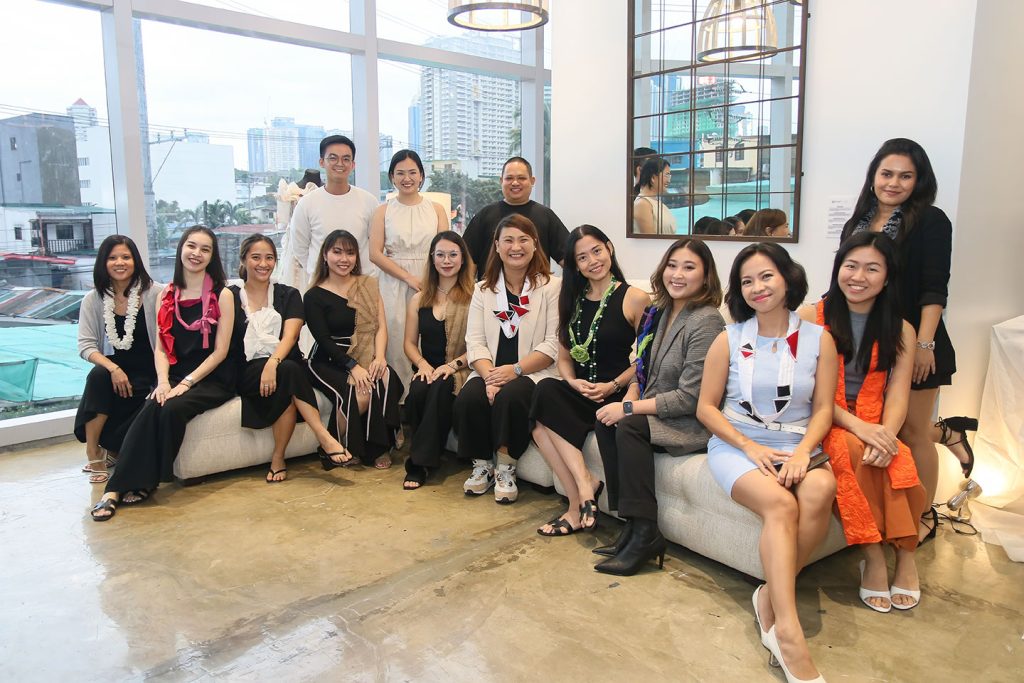
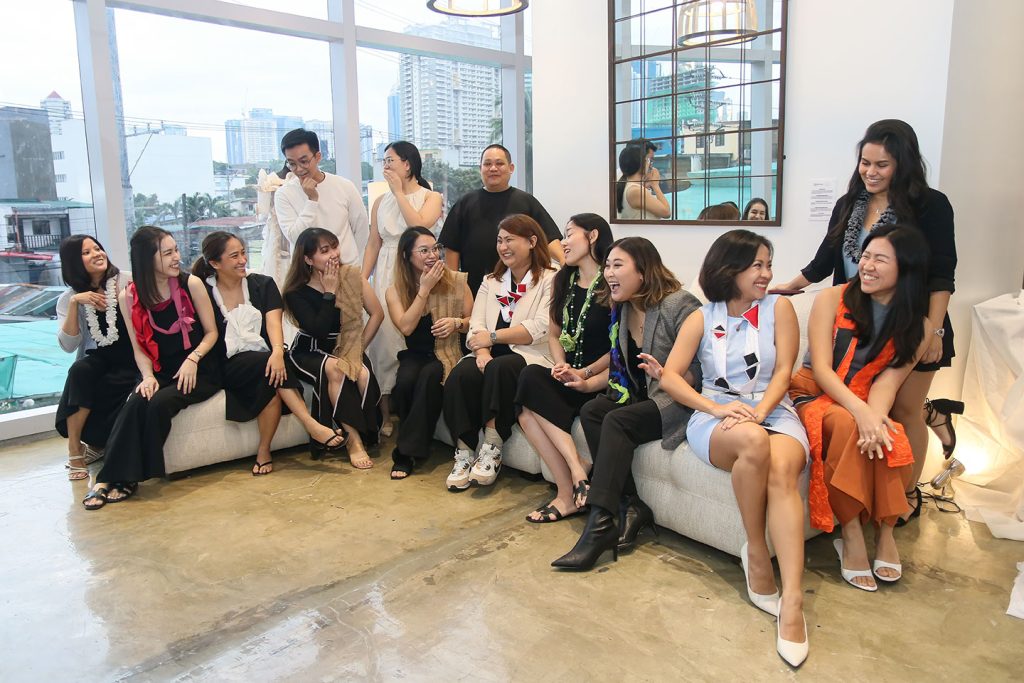
“The SoFa method is essentially a process of introspection,” Kenneth emphasized. “By engaging in self-reflection, we seek to uncover the most fundamental ideas. From these core concepts, we strive to translate abstract thoughts into tangible realities.”
For those who have been doing creative practices, the SoFa method may already be reflected in their work, even if they aren’t consciously aware of it. As Cha Barreto, a student and core team member, explained, “The SoFa method helps us craft a narrative for our designs. This approach prevents us from simply copying and pasting existing designs. Instead, it enables us to create unique designs tailored to the specific client or project.”
“Every design becomes a story, with a distinct background and context,” Cha continued. “It’s not just about selecting a particular color, theme, or style; it’s about developing a highly specialized design that has a compelling narrative.”
SoFa’s adaptable spaces
SoFa prides itself on a boutique approach to education, and the new campus reflects this philosophy. The space is designed to adapt to the changing needs of students.
“We visualized the campus as a journey, starting with a sharp turn and gradually curving into a smooth loop, like a runway,” Dana described.
“Classrooms can be transformed into larger workshops or smaller spaces to accommodate various student activities,” she furthered. “The campus’ elements are highly adaptable, with folding doors that allow classrooms to be combined or separated as needed.”
The design studios are dedicated to lectures and classes, while the interior design lab focuses on technical skills like drafting. The fashion lab, equipped with sewing machines and pattern-making tables, is tailored to specific fashion-related activities.
The campus also features a “Collab Space” made for hosting student activities, events, and photoshoots.
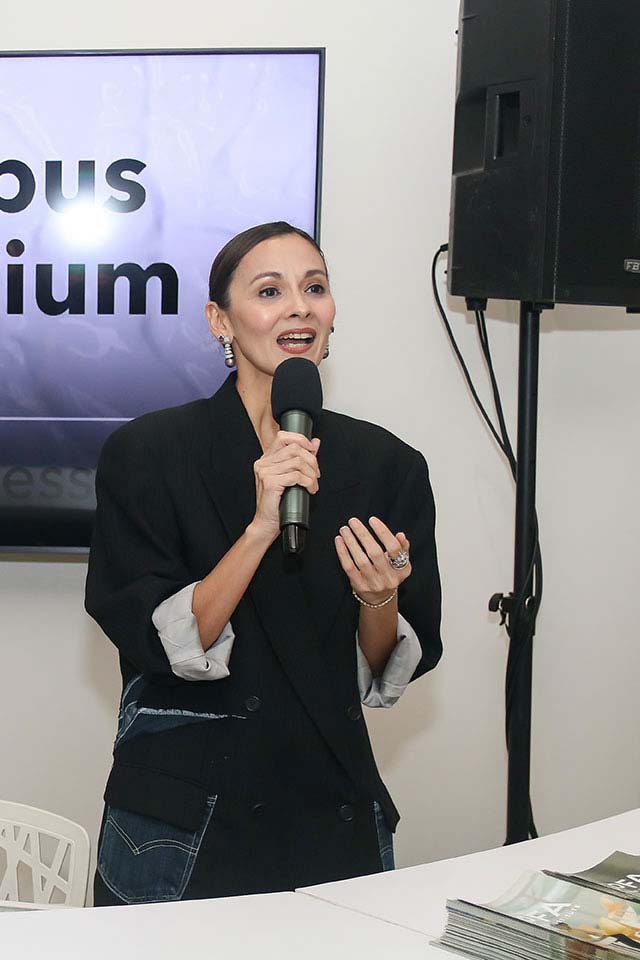
SoFa Co-founder and President, Amina Aranaz-Alunan, envisions the campus as a design hub that extends beyond the student body.
“We want to open the campus to the community for events, exhibitions, and even photoshoots,” Amina said. “With the upcoming performing arts theater, Proscenium will become a cultural center, and we are excited to be a part of that vibrant environment.”
Amina added that putting up the campus in Rockwell Center was a strategic move: “Rockwell has a strong history of supporting design and creativity, making it an ideal fit for SoFa.”
“We live design”
SoFa’s philosophy has profoundly shaped each of the students for this whole experience. Aubrey Madridejos shared, “It’s ingrained in our belief that design is a constant journey of creation, growth, and knowledge sharing,” reflecting the school’s commitment to making design a fundamental part of their lives and careers”’
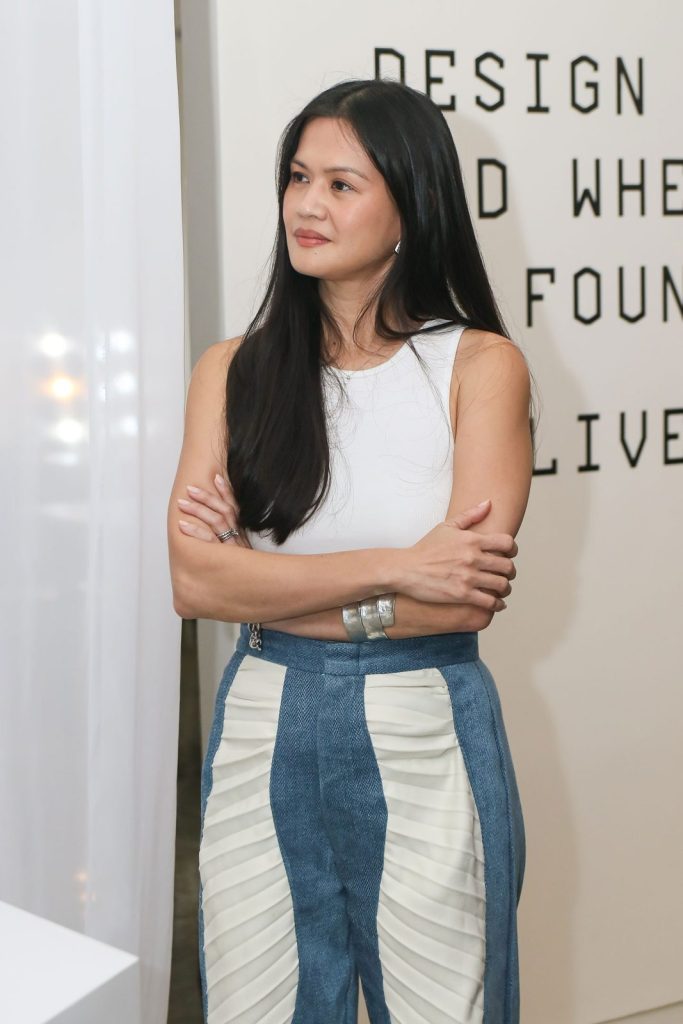
SoFa Design Institute’s credo, “We Live Design,” encapsulates its mission to elevate the Philippine fashion industry to global standards. As Amina put it, “We wanted to create a space where Filipino designers and creatives could thrive and compete globally. Our goal is to contribute to the nation’s economy and identity through design.”
Ivy shared her vision for the latest campus: “We envision students entering the school and developing into future creatives wherein they can start their creative journeys”
The need for creative spaces
Creativity is a spark ignited in the minds of individuals and nurtured within communities.
As former DepEd Secretary Sarah Duterte’s order to remove classroom decorations was highlighted earlier this year, the need to cultivate and protect spaces where creativity can flourish is paramount.
In contrast, the recognition of historical buildings like the 96-year-old First United Building at the recent Good Design Award Philippines as a vibrant hub for creative communities underscores the enduring value of preserving such spaces.
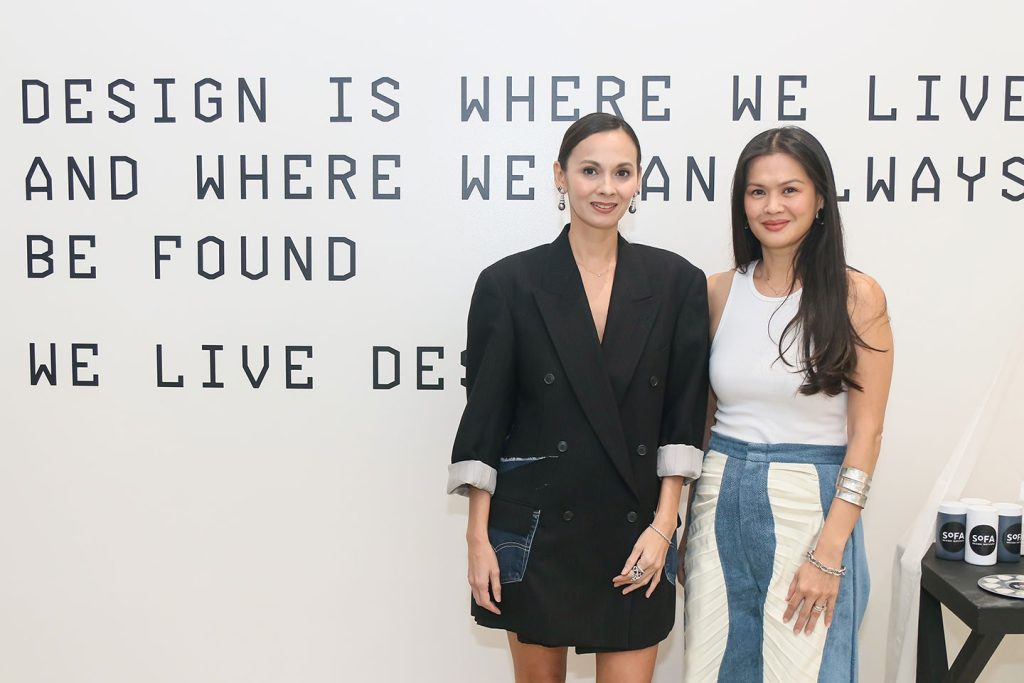
SoFa Design Institute’s new campus demonstrates that creative spaces are essential for nurturing talent, fostering innovation, and driving economic growth. These spaces are a guide, calling for a society that prioritizes creativity and imagination, where individuals are empowered to express themselves freely and contribute meaningfully to the world around them.
SoFa Design Institute would like to extend their gratitude to the dedicated students who contributed to the design and development of the campus: Bernadette Raralio, Aubrey Madridejos, Pax Carpio, Ivy Bondoc, Toni Constantino, Aki Anicoche, Ritz Beltran, Cindy Choi, Carmel Azimi, Charms Mercado, Cha Barretto, Krice Samson, and Mica Ferrer of SEED (Society for Empowerment in Education and Design).

